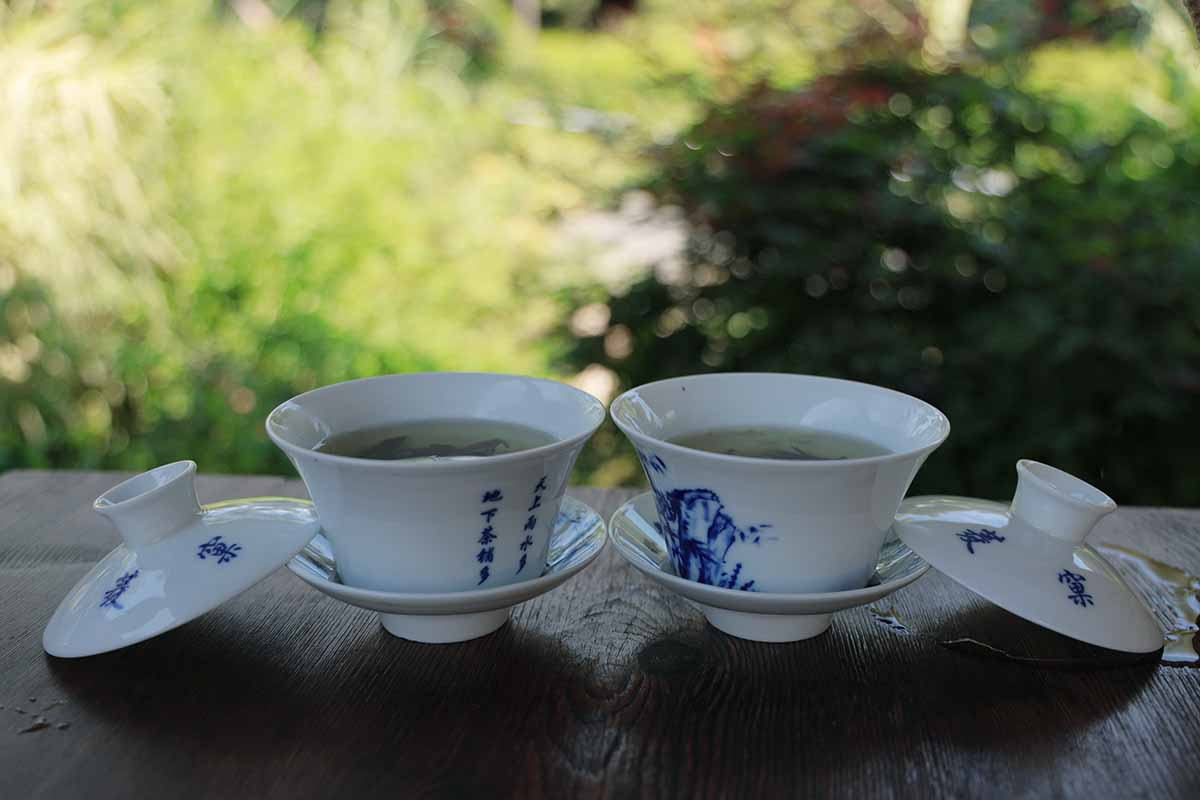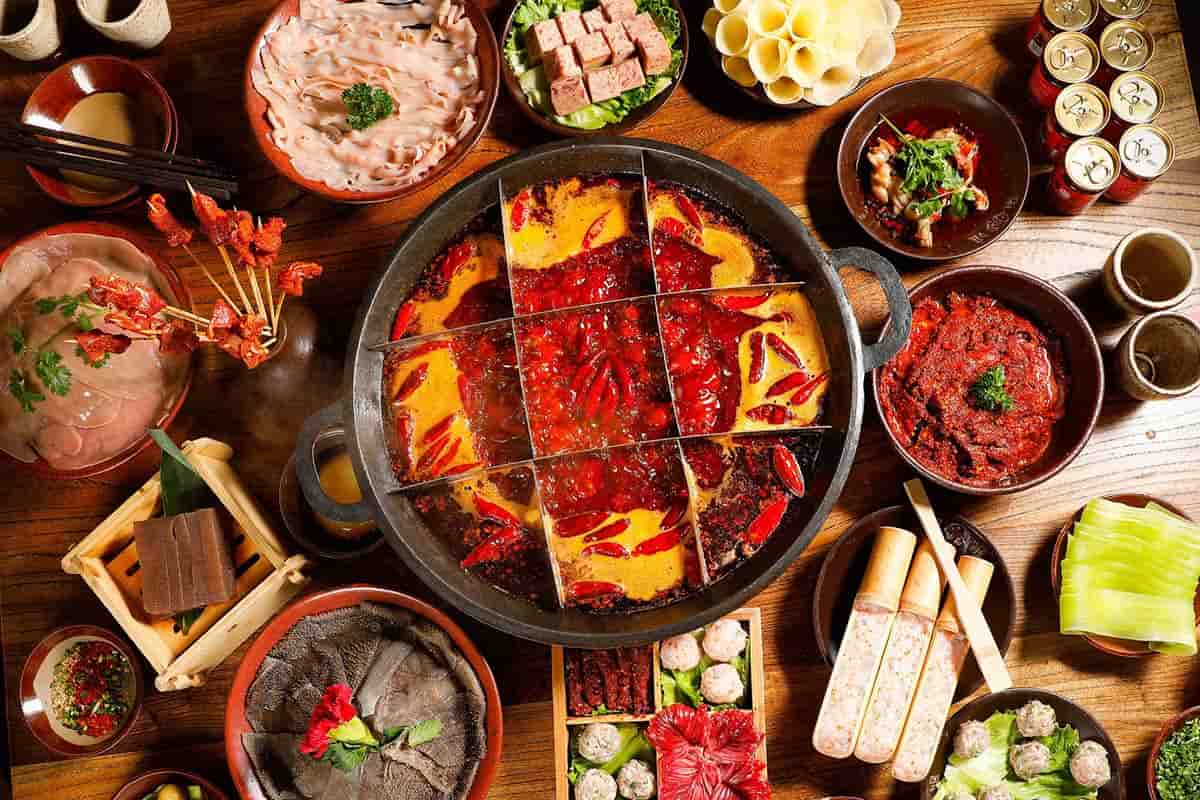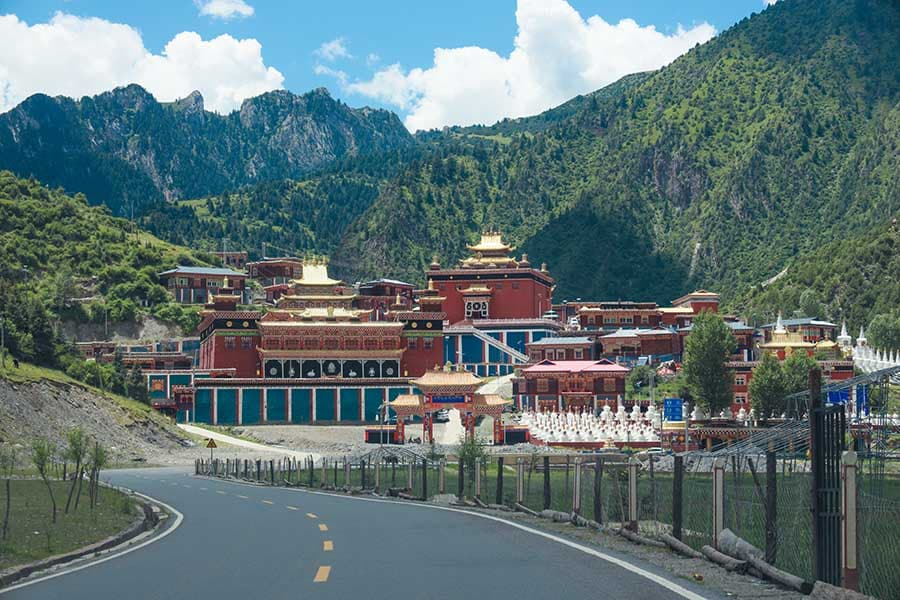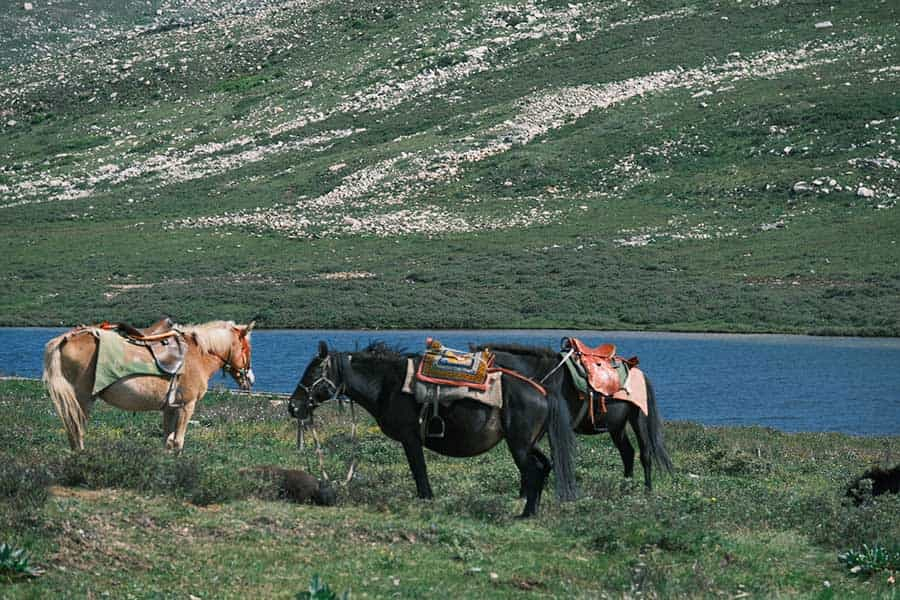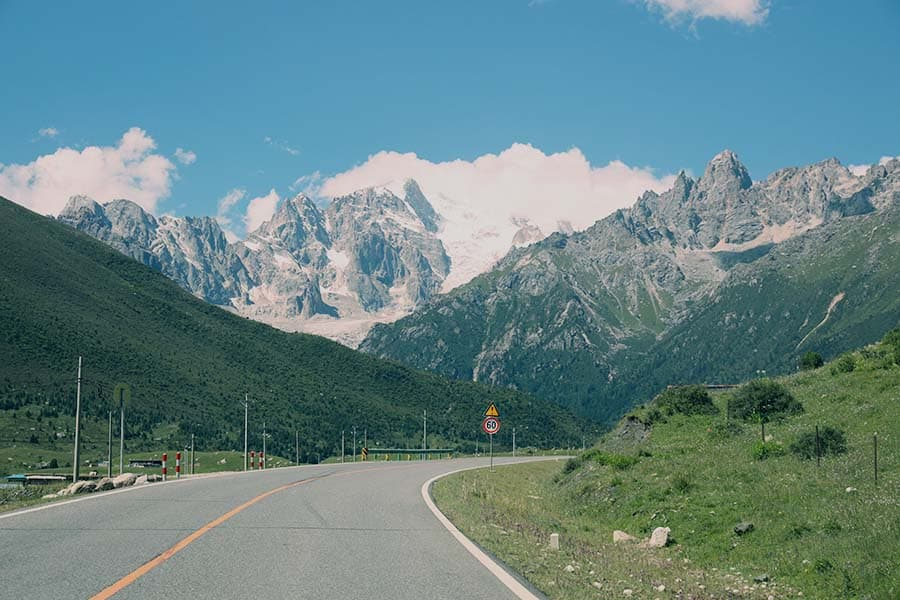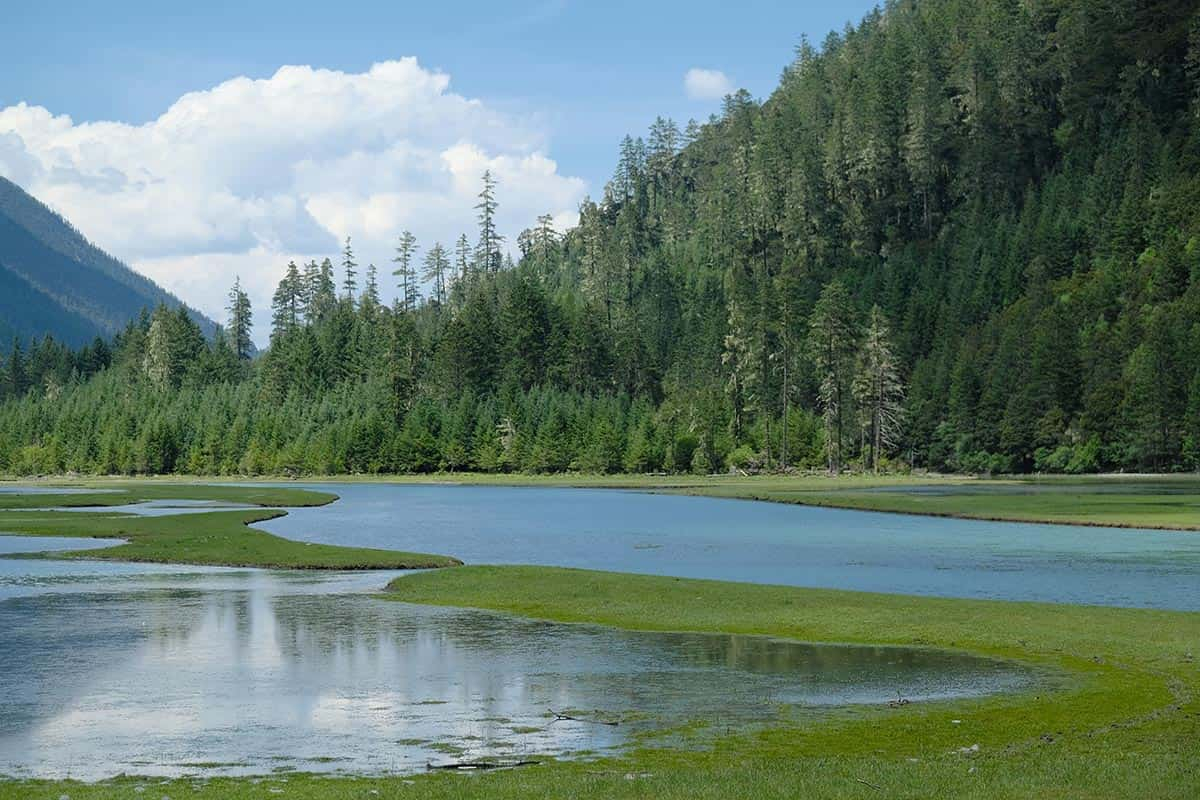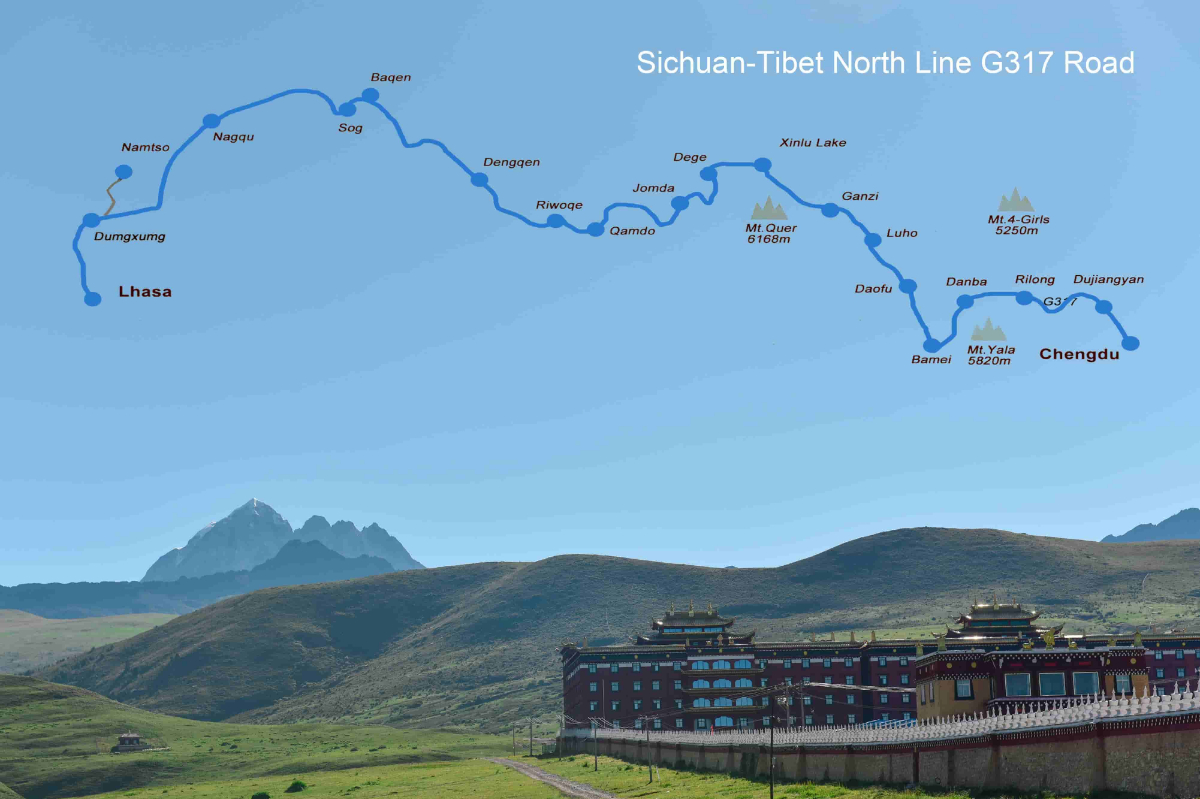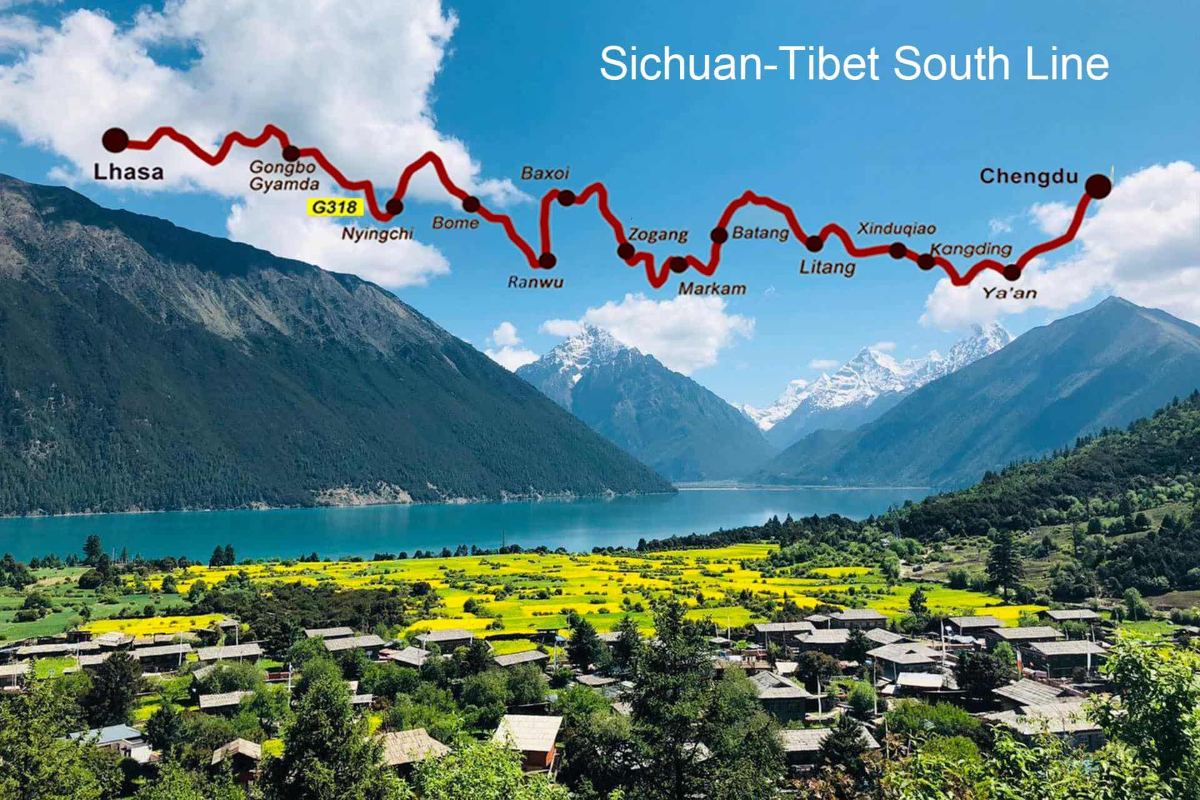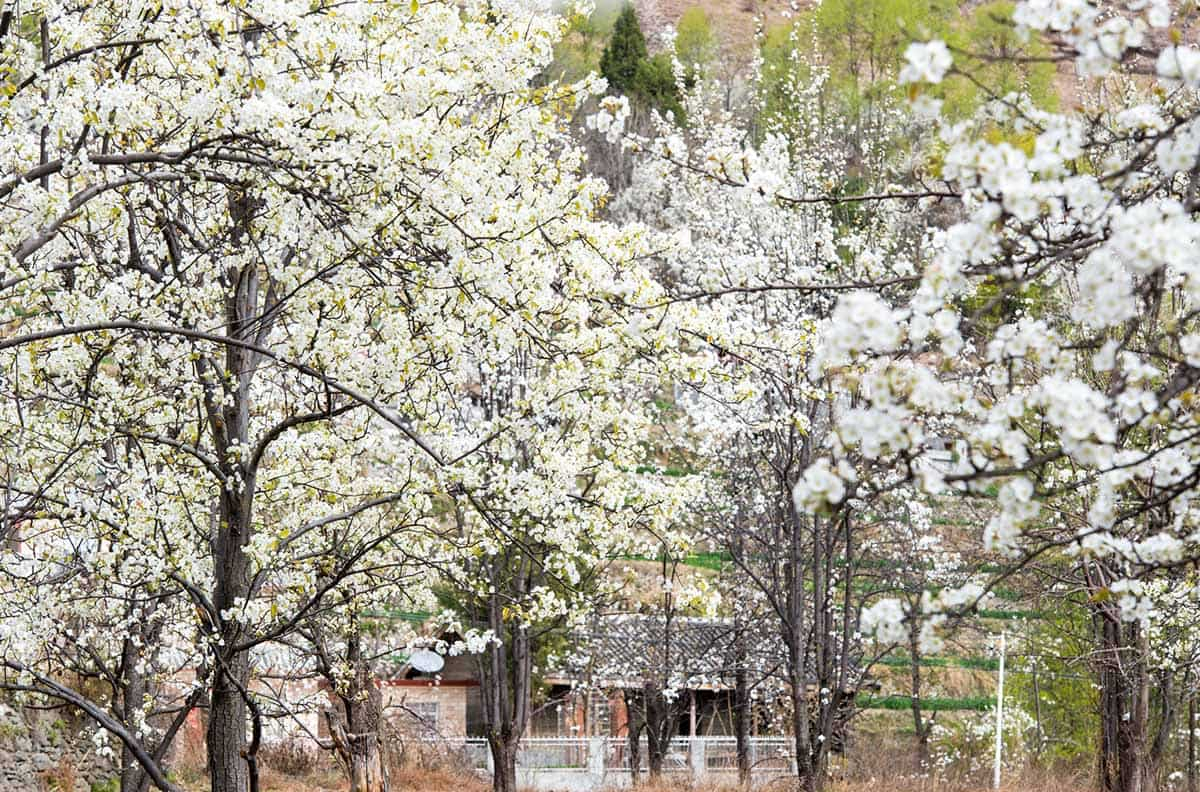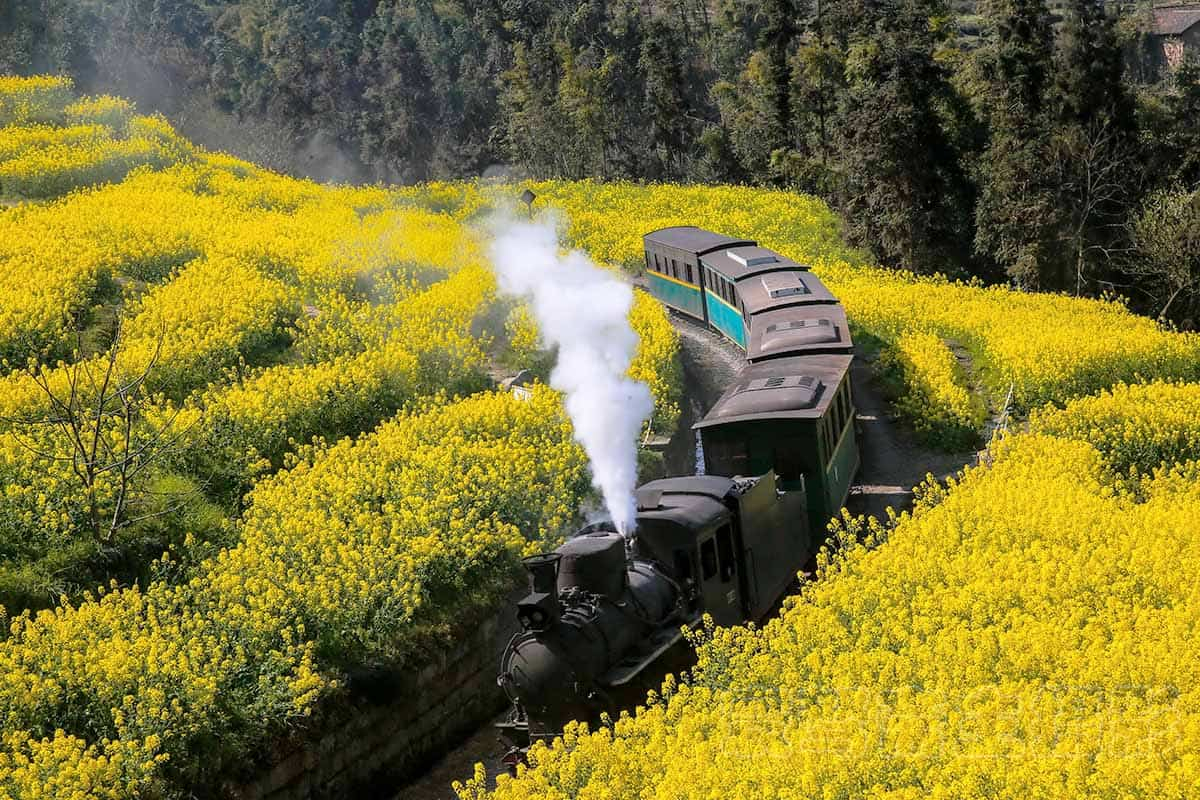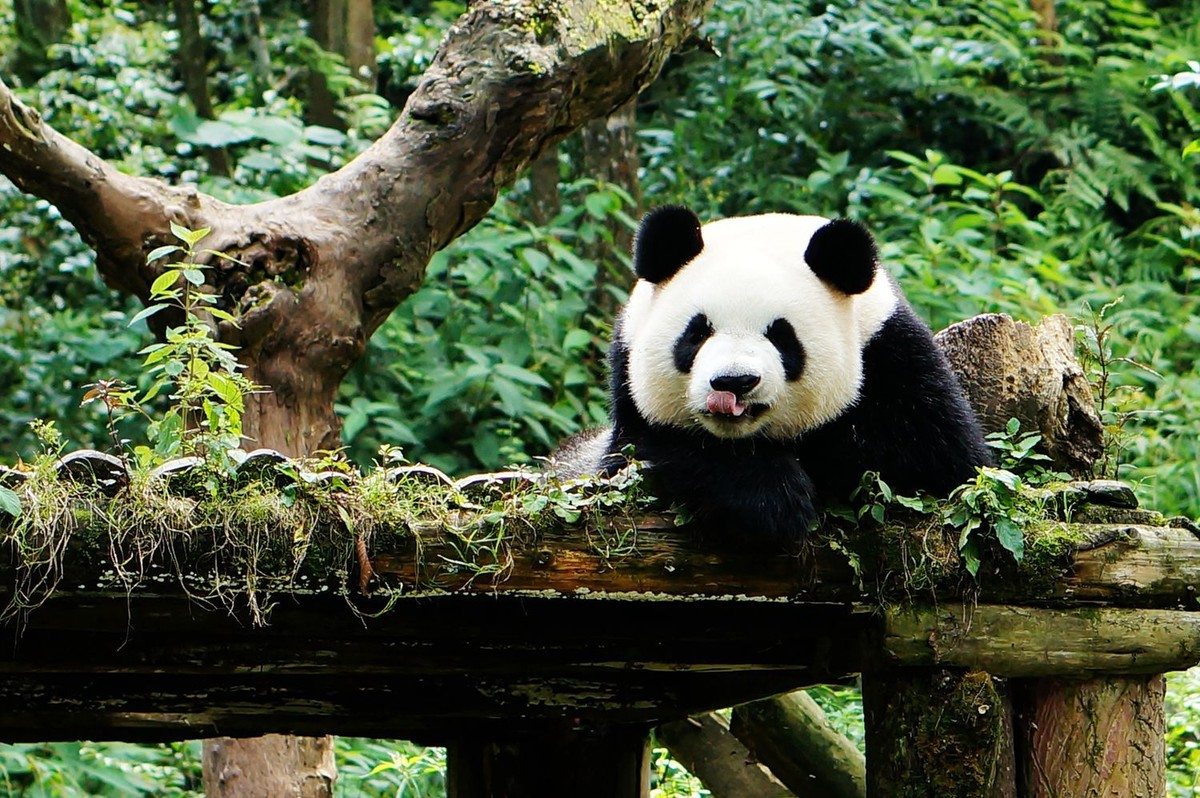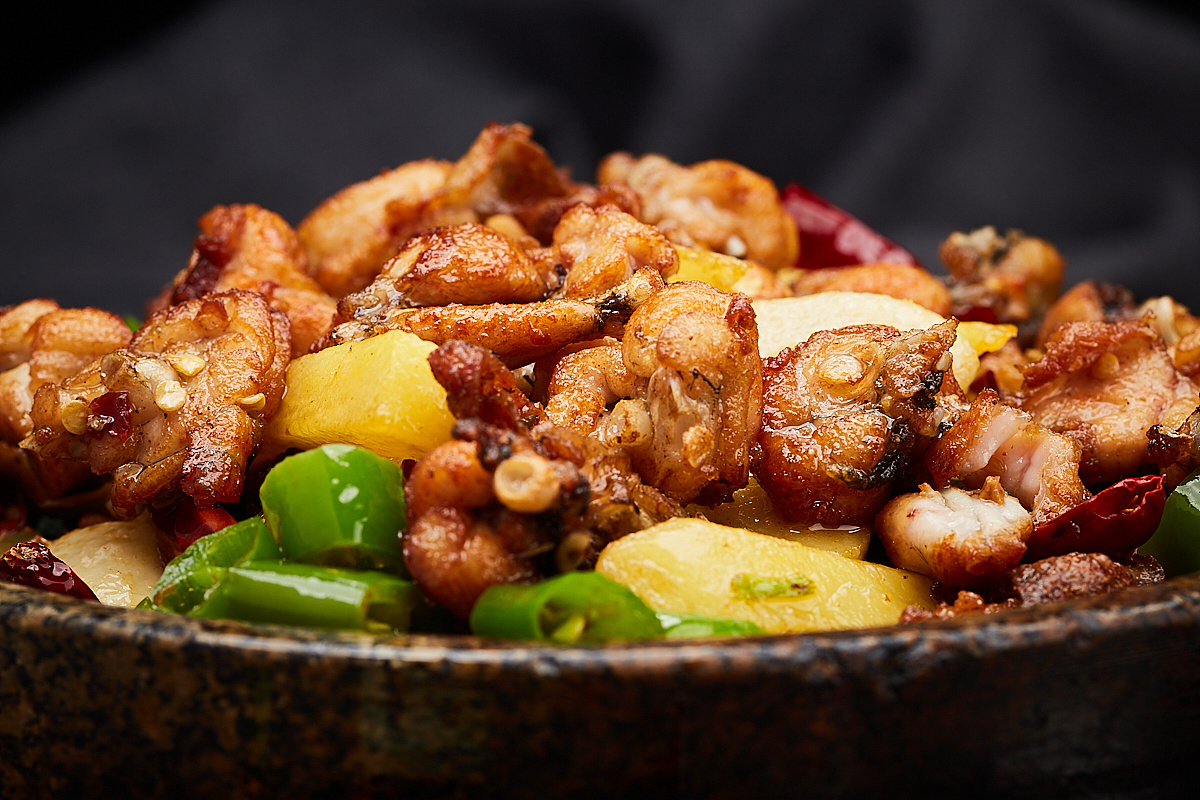Sichuan Panzhihua Travel Guide
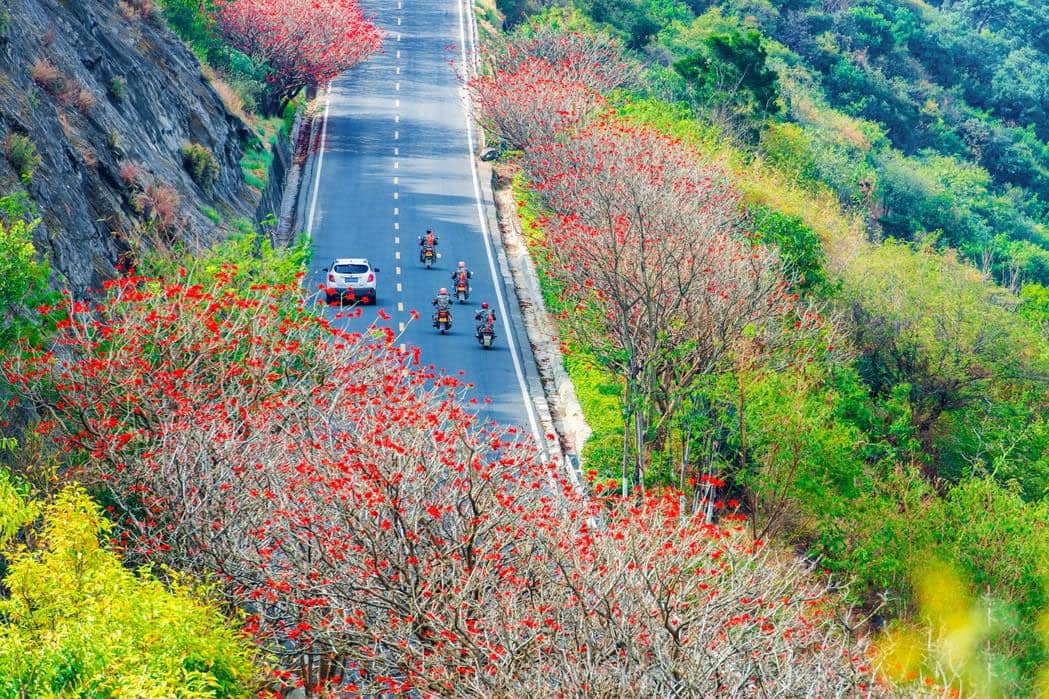
Panzhihua is a prefecture city in southern tip of Sichuan Province. Panzhihua is mandarin pronunciation for red cotton tree (Bombax ceiba Linnaeus). It is one of few places in China named after a plant. This region has a long history of human activities dating back to 3rd century BC, or even older. Yet the concept of Panzhihua City is relatively new. For a long period of time in history , the region of nowadays Panzhihua didn’t even own a lasting name. It was ignored by generations of dynasties or viewed as place for the barbarians.
There were only small scaled settlements with an ocean of cotton tree forests. The fate of this region changed in 1950s when large reserves of iron ore and other rare earth minerals were discovered. It was then on fast track of industrialization with heavy investment on mines and plants. Now this city has the largest iron ore mine in Sichuan province and the largest associated titanium mine in the world. This city is now remembered by most Chinese as the city of steel, and it has become one of major steel producer in China. This city is consist of 3 districts (East, West & Rehe districts) and 2 counties, Miyi County and Yanbian County. It is now home to 1.2 million people of different origins and ethnic background. This is a city of immigrants with dynamic demographics. When factories and mines were set up in 1960-1970s, hundreds of thousand of people from all parts of China, particularly in northeast of China, rushed to this brand new city.
As a border city between Sichuan and Yunnan Province, Panzhihua is often overlooked by travelers and leisure seekers due to its remoteness. But that doesn’t mean Panzhihua has nothing to offer.
● Top things to do in Panzhihua
Explore Ertan National Forest Park and its hydro-power plant
Ertan hydro power plant was the largest hydro power plant built in China in 1990s. Its 240 meter high dual curvature water dam is the largest in Asia and the third largest in the world. The plant was put into use in 1998 and made great contribution to the development of China’s economy by sending adequate electricity to the industrialized coastal regions, powering countless factories and houses. Now this plant churns out 17 billion kilowatt hours of electricity, making its the most productive power plant in China. After inauguration, this plant became a popular tourist attraction. It is 46km away from downtown of Panzhihua. Millions of travelers came in awe of its shear size and capacity.
Yishala village
This is a village of Yi and Han ethnic. It is often under tourists’ radar. Yet it is a hot spot for intellectuals and researchers. This is a small village of 600 house holds. What makes it interesting is the hybrid of architectures and cultures of different ethnics. According to textual study, the ancestors of this village are largely from Nanjing City during Ming Dynasty (around 14th century BC). They brought together their life style and architectural feature of Jiangsu and Anhui Province at the regions of lower estuaries of Yangtze River. Over centuries, they lived side by side with the aboriginals, Yi people. As a village situated deep in the mountains of southwest China, its residents are not wearing Chaerwa (felt cap), sheepskin gowns which are often seen in this region among Yi ethnic. Also there are no guozhuang dance (a dance popular among Yi and Tibetan population). Instead, the village sees an architectural style and live in a cultural environment that of Jiangnan, which is thousand miles away in southwest of China. The fascinating combination of Han and Yi ethnic and Jiangnan styled builings are stunning views for both visitors and researchers.
Haitacun village
Peach blossom is not rare scene in Sichuan. There are plenty of options for visitors to enjoy the beautiful white and pink peach flower every March or April. But in Chengdu plain and its surrounding areas, passion for flower spotting are often barred from overcast and rainy weather in typical Sichuan basin climate. While the Haita village in Miyi County, Panzhihua, offers the perfect site for this event. Its clear and sunny sky provides a perfect backdrop to the sea of white and pink peach flower blossom, together with yellow rapeseed flowers.
● Panzhihua Food&Drinks
Food and cuisine styles in Panzhihua are mainly of Sichuan feature. Rice noodle with mutton broth (yang rou mi xian) is a popular daily dish for locals. Mi xian is a vermicelli liked noodle made of ground up rice. This yang rou mi xian is often sided with dou ban (chilly paste), Sichuanese peppercorn and a chilly named xiao mi la (capsicum frutescens) which was originally used as ornamental plant.
As a tropical city, Panzhihua produces many fruits and vegetables that are often seen in hot and dry regions. Rare fruits that are not often seen in Sichuan, such as mango, mangosteen, wax apple, custard apple and pomegranates are iconic Panzhihua outputs.
● Panzhihua Transportation
This city is remotely located in southern part of Sichuan. It is more than 600km away from provincial capital Chengdu and requires a 8 hour drive on national highway and provincial highway. Panzhihua Baoanying Airport (PZI) is about 30km from downtown on top of a mountain. It is a domestic airport operated by Air China, Sichuan Airlines and China Southern Airliner, connecting Panzhihua with9 cities such as Chengdu, Chongqing, Shenzhen, Guilin.
● Panzhihua Weather
Panzhihua has a unique climate compared to other cities in Sichuan. It is the only place that has a tropical climate with long summer and distinct dry and wet season. There is no winter season in Panzhihua , temperature is above 10 degree even in the coldest time of year. It is a dry place in the overall wet and humid Sichuan province. It has the highest annual average temperature among all cities in Sichuan.
- HOTEST
- RECOMMEND
